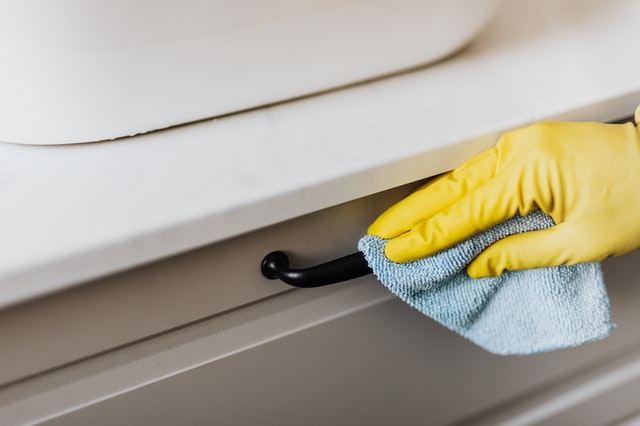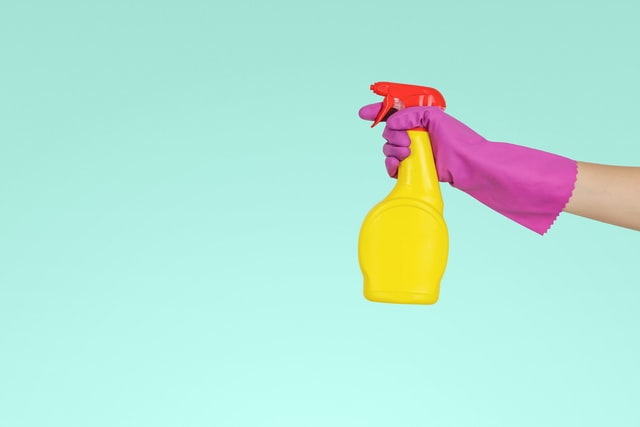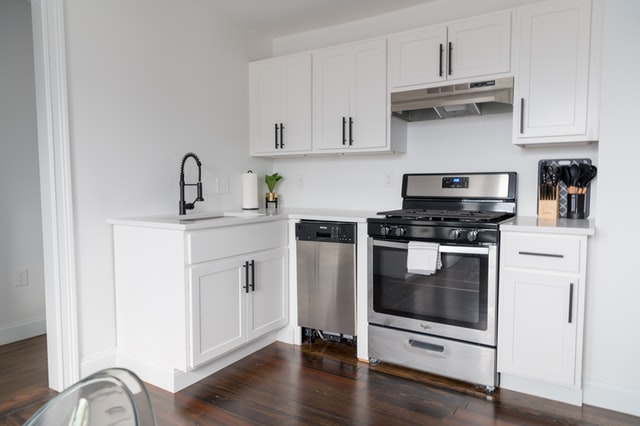Kitchen Cabinet Care and Cleaning Tips
To a great extend, cabinets determine the style and practicality of your kitchen. It is necessary to conduct regular and deep care to keep a long life of your kitchen cabinets. So, do you know what proper maintenance is? How and how often should you clean your kitchen cabinets? Read on to explore some practical tips on cabinet cleaning.
Set a Cleaning Schedule
Regular cleaning is the key to keeping your kitchen clean and tidy. Add this maintenance task to your calendar to ensure you don’t forget to implement a cleaning schedule. I recommend that you partially clean your cabinets once a week, using a cleaner and a soft cloth to wipe away stains, dirt, and other marks. If you are too busy, make sure you do a deep clean of your cabinets at least once every three months. Clear cabinet of all their contents and clean them from the inside out. Be careful not to leave corners and small crevices untouched.
Choose the Right Tools
Improper cleaning may add scratches to your cabinets. Therefore, you should choose the proper tools that can help you avoid accidentally damaging your cabinets while cleaning. The best option is to use an old soft cloth, but avoid using materials that shed lint or carry residue, such as used dishcloths. Soft brushes are also ideal for cleaning cabinets. Avoid using hard brushes, abrasive sponges that can damage cabinet surfaces.
Use the Proper Detergent
Natural products are always a safe choice for cleaning your cabinets. You can use mild dish soap or a mixture of vinegar and water to wipe down your cabinets. If your cabinets are wood, too much water can damage the material. Make sure you clean the detergent residue promptly and dry the cabinets to avoid water stains from remaining on the cabinets. For some stubborn stains, you can use toothpaste or baking soda to remove them. Of course, there are various cleaners sold in supermarkets that offer you a wide range of choices. But before using the commercial cleaner you need to read the instructions carefully to make sure that the product is suitable for your cabinets. Avoid using any cleaning products that contain ammonia and any abrasive cleaners to prevent scratching the surface of your cabinets or leaving a sticky residue.
Begin from the Top of the Cabinets
Working from the top of the cabinets will make cleaning easier. The top of your cabinets is one part of the cabinet that you may easily overlook, yet it collects dust. You don’t need to clean it often, but please keep cleaning it at least once regularly. Otherwise, dust will combine with oil, and over time stains become stubborn and harder to clean. After the top of the cabinets are done, the next thing you should do is the upper cabinets, then the lower cabinets. Cleaning in this order will save you time and effort. If you leave the upper cabinets for last, the dust and dirt will stain the lower cabinets, so you have to repeat the work.
Clean Cabinet Hardware
Cabinet hardware is also a part that you should not ignore, especially door handles and slides that tend to accumulate stubborn dirt. You can remove the hardware, clean it and make it dry before installing it back. For hard-to-reach areas such as crevices, you can use a small brush.
While caring for your cabinets may seem like a hassle, we hope these cabinet care tips will make your job a little easier. Regular cleaning can help you get the most out of your kitchen cabinets and enjoy a quality kitchen life.



